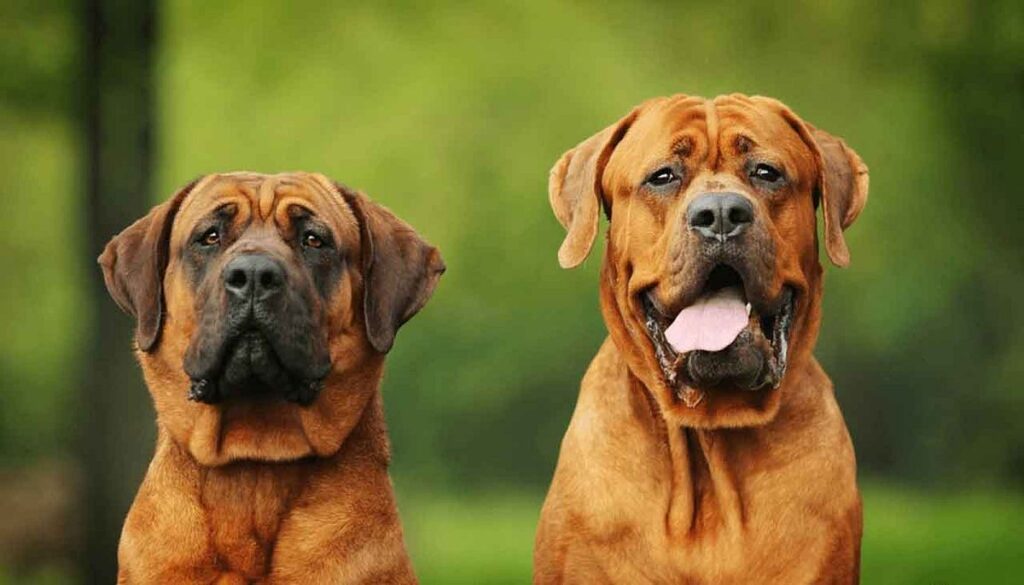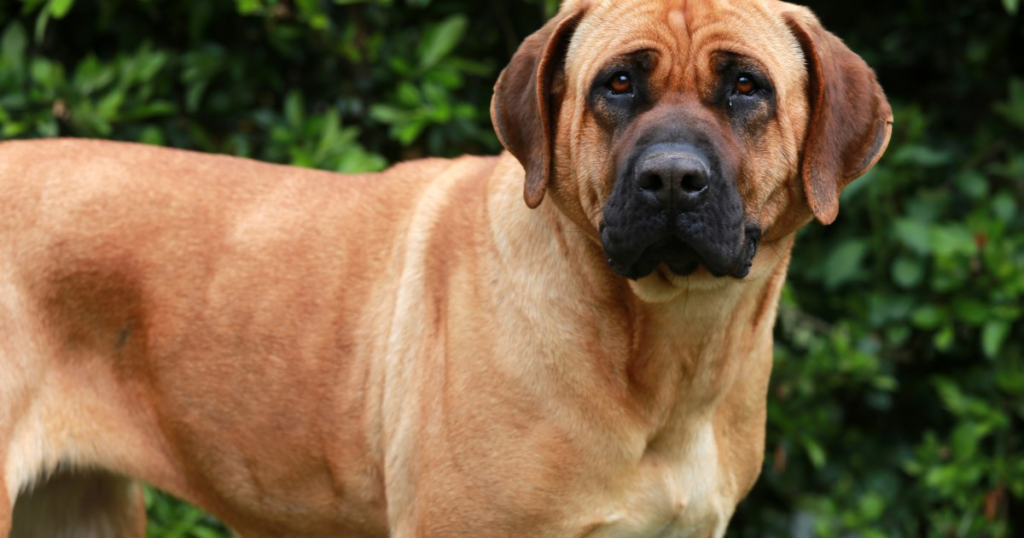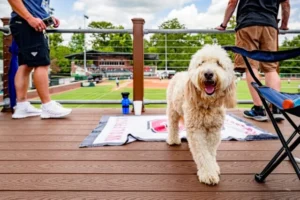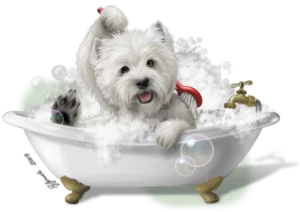Tosa Inu Breed

Tosa Inu Breed:- The Tosa Inu, also known as the Japanese Mastiff, is a dog breed that stands out for its unique temperament and impressive physical traits. Originally bred in Japan as a fighting dog, the Tosa has since transitioned into a loyal companion and formidable watchdog. Despite its intimidating size and strength, this breed is known for its patience, composure, and courage, making it a remarkable pet for those who understand and respect its characteristics.
Temperament and Personality
The Tosa Inu is a calm and tranquil dog, marked by its quiet, vigilant demeanor. While it is naturally obedient, the Tosa possesses a sense of dignity and composure that reflects its rich history. Though bred for fighting, today’s Tosas are more commonly used as watchdogs due to their loyal and protective nature. Their boldness and courage remain integral parts of their personality, traits that have been cultivated over generations.

Tosas are generally affectionate with their families but can be aloof with strangers. This cautious nature makes them excellent guardians of the home. Their watchfulness extends beyond humans; Tosas tend to be wary of other dogs, particularly those they perceive as intruders. Although they may react aggressively toward other dogs, overt aggression toward humans is not typical of the breed. Early training and socialization are key to managing this potential for aggression, especially as they mature.
Physically, the Tosa Inu is an impressive dog. It is the largest of all Japanese breeds, with a robust build and a short, dense coat. The Tosa’s coat can vary in color from fawn, red, apricot, black, or brindle, with some individuals displaying white markings on their chest or feet. These dogs are slow to mature, often reaching their prime at four years of age. Despite their formidable appearance, Tosas tend to be calm and relaxed, traits that make them surprisingly manageable for experienced owners.
Care and Maintenance
Exercise Needs
While the Tosa Inu is a large and powerful breed, its exercise requirements are moderate. These dogs are quite athletic, but they don’t demand the same level of physical activity as some other large breeds. Daily exercise is essential, however, to keep them physically fit and mentally stimulated. Long walks, hikes, and supervised play in a securely fenced yard can help meet their needs. Activities like chasing a ball or toy are good ways to engage a Tosa’s mind and body.

Because Tosas can be aggressive toward other dogs, it is crucial to keep them on a leash when outside the home. This prevents unwanted confrontations and helps manage their natural protectiveness. Regular physical activity is also important to prevent obesity, which Tosas can be prone to due to their moderate energy levels.
Grooming
One of the advantages of owning a Tosa Inu is that their grooming needs are relatively low-maintenance. Their short, straight, and dense coat requires only weekly brushing to remove loose hairs and keep shedding under control. While Tosas are not heavy shedders, regular grooming helps maintain their coat’s health and appearance.
Routine care should also include checking their nails and ears. Tosas’ nails need to be trimmed every two weeks to prevent discomfort or injury. Their ears should be inspected regularly for signs of dirt or infection. If needed, use a pet-safe ear cleaner and cotton balls to gently clean the ears. Any signs of redness or irritation should be addressed by a veterinarian to prevent more serious issues.
Training and Socialization
Training a Tosa Inu requires consistency, patience, and firmness. Although intelligent and eager to please, the breed’s self-assured nature can sometimes translate into stubbornness. Positive reinforcement techniques work best with Tosas, as they respond well to praise and rewards. Firm, but fair leadership is crucial to establish boundaries and ensure that the dog understands its role in the household.
Early socialization is perhaps the most critical aspect of raising a well-adjusted Tosa Inu. Exposure to a variety of people, environments, and other animals during puppyhood can help reduce overprotectiveness and manage any aggressive tendencies. If signs of aggression appear early, especially toward other dogs, it is essential to address these behaviors with the help of a professional trainer experienced in handling large breeds.
Coat and Appearance
The Tosa Inu’s coat is short, dense, and somewhat coarse to the touch. It is a double coat, with a soft undercoat and a harder outer layer. The breed comes in various colors, including fawn, red, apricot, black, and brindle. Small white markings on the chest and feet are acceptable, though not common. Many Tosas also have darker coloring around their ears, muzzle, and eyes, adding to their striking appearance.
The Tosa’s physical presence is undeniably imposing. Males can stand over 24 inches tall and weigh between 83 and 200 pounds, depending on their lineage. American-bred Tosas tend to be larger and heavier than their Japanese counterparts, with some males weighing up to 170 pounds. Despite their size, Tosas move with grace and athleticism, traits inherited from their fighting dog ancestry.
Is the Tosa Inu Right for Families?
While the Tosa Inu can be a loving and loyal family pet, its size and power require careful consideration, especially in households with small children. The breed’s protective nature makes it a good fit for families that can provide proper training and supervision. However, due to their sheer strength, Tosas are best suited for families with older children who can understand how to interact with such a large and strong dog.

In homes with young children, supervision is essential to ensure safe interactions. With responsible breeding and early socialization, Tosas can adapt to family life, but they may not be the best choice for first-time dog owners or families unprepared for the challenges that come with owning a giant breed.
Diet and Nutrition
As a giant breed, the Tosa Inu has specific dietary needs. Puppies should be fed high-quality puppy food three to four times daily. As they grow, the number of feedings can be reduced. Once they reach adulthood, Tosas should be fed a high-quality diet formulated for large breeds. Given their moderate energy levels, portion control is important to prevent obesity, which can lead to health issues.
Adult Tosas should be fed twice daily, with access to fresh water at all times. Consulting with a veterinarian can help establish the best feeding regimen and prevent overfeeding.
Conclusion
The Tosa Inu is a breed that requires respect, understanding, and commitment. Its calm demeanor, coupled with a protective and courageous nature, makes it an excellent watchdog and loyal companion for the right family. With proper training, socialization, and care, a Tosa Inu can thrive in a loving home. However, potential owners must be prepared to meet the breed’s needs and understand the responsibilities that come with owning such a powerful and distinctive dog.
Also Read:-






